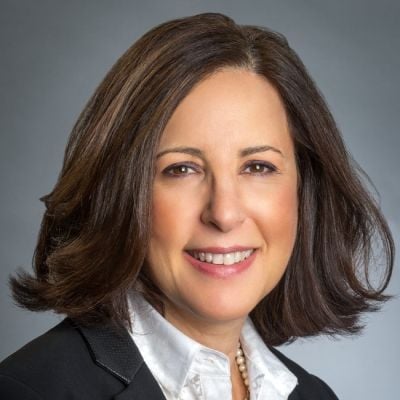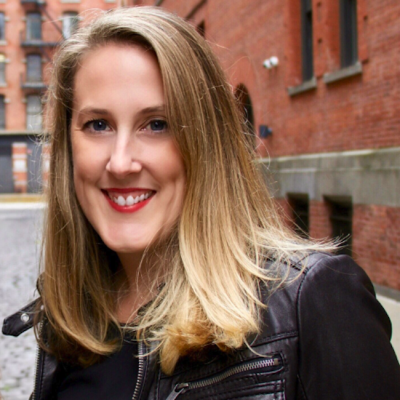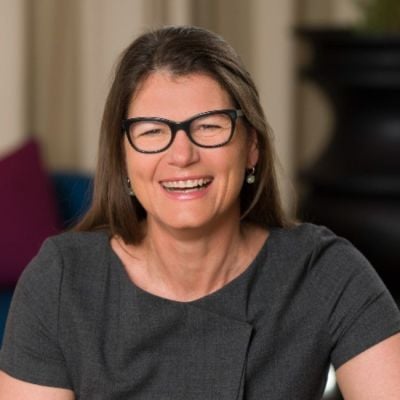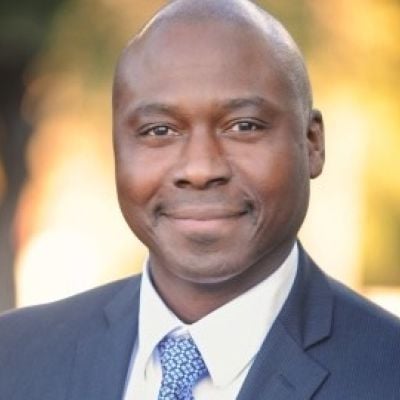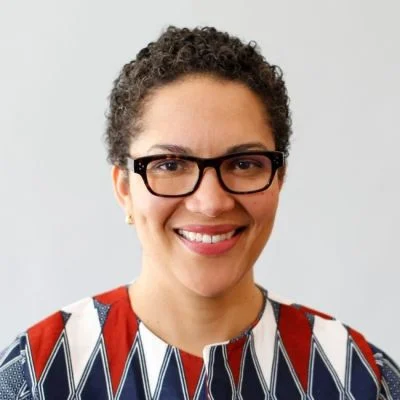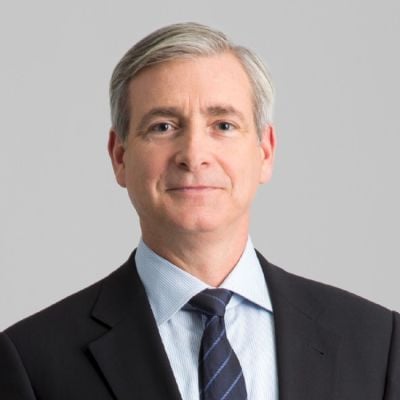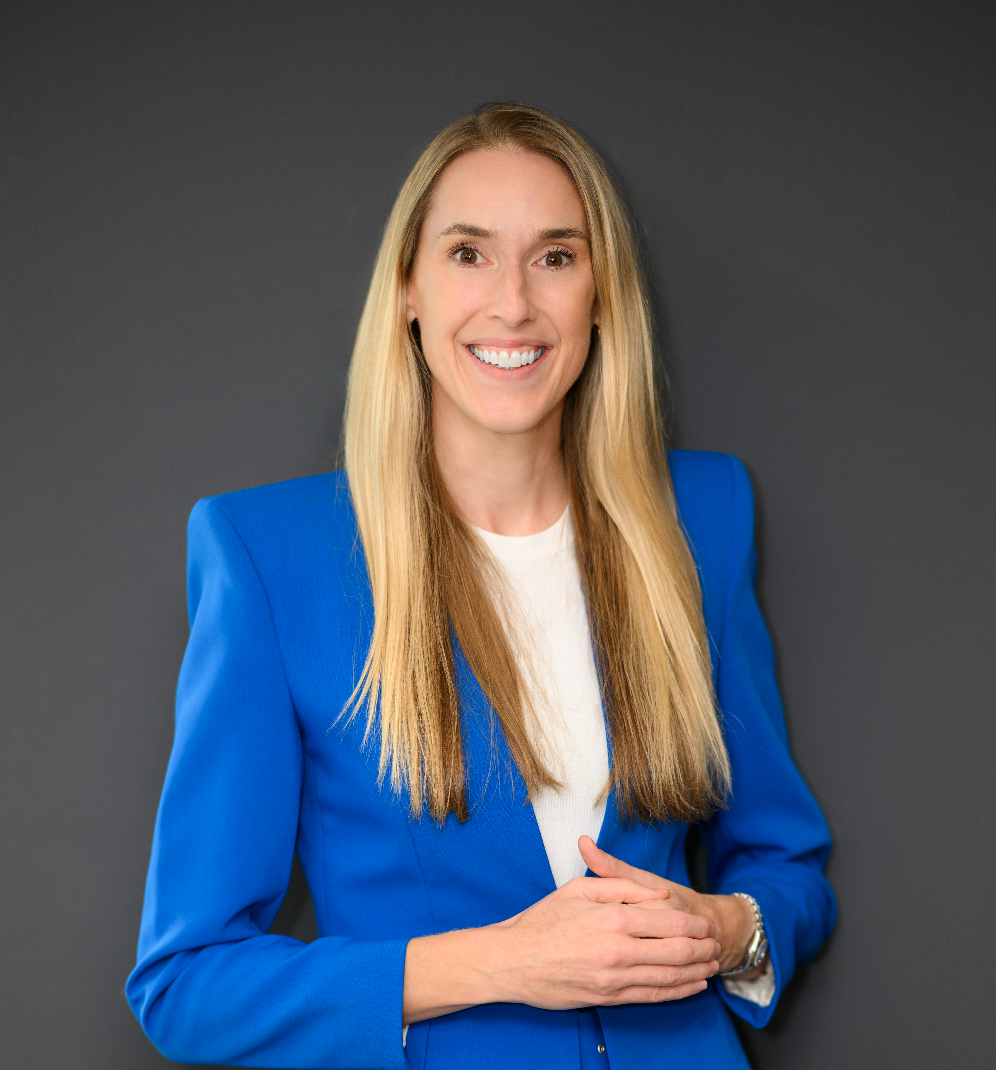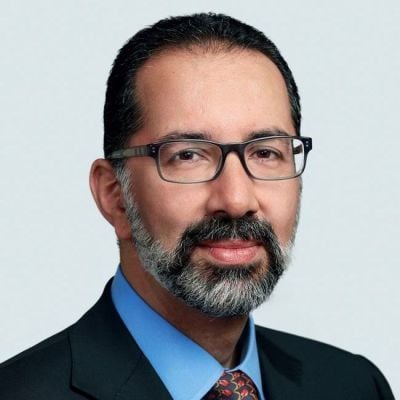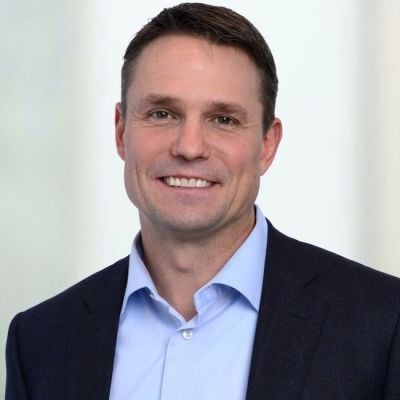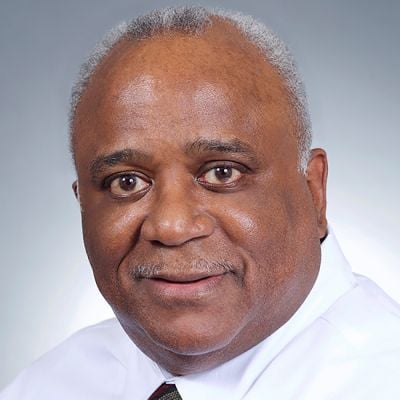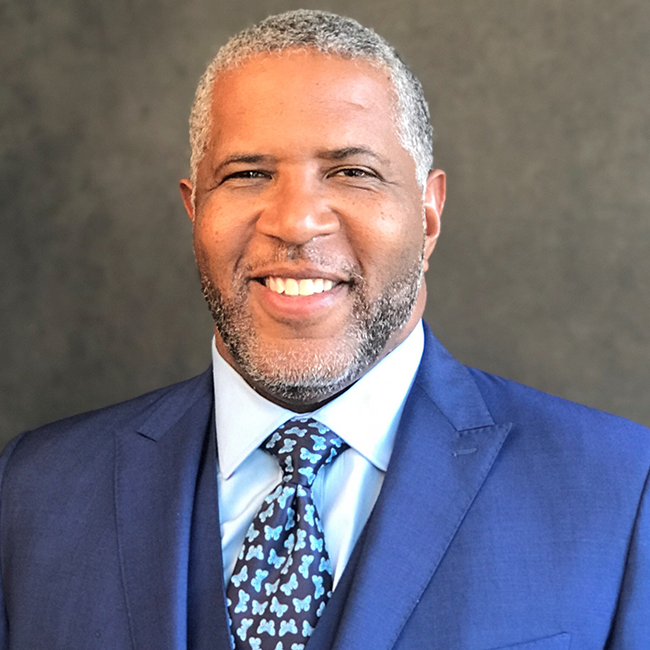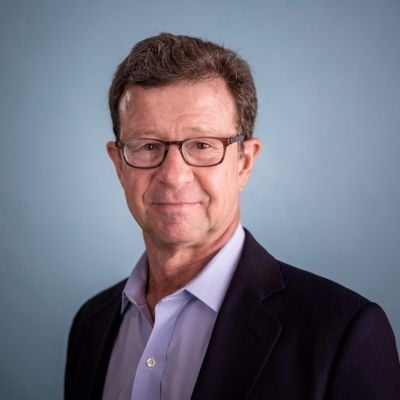In late March, it was clear that the coronavirus pandemic and subsequent economic shutdown would trigger a small business crisis. By the end of April, it was evident to me that small Minority- and Women-Owned Business Enterprises (MWBEs) were bearing the brunt of the burden. This was fairly predictable given preexisting capital access challenges. Individuals and institutions have felt a call to action—but the problem was big, the dollars insufficient, and there was no time to adopt new models at scale. Dollars have fallen short for years in “solving” societal issues, and now the need had grown exponentially. I watched this unfold with concern that these limited dollars were fingers in the dike. I travel the country as a leader in responsible investing, highlighting the power of public market investments to work side-by-side with grants to deliver more dollars. But implementation has moved at a snail’s pace. There are lots of available solutions that can scale dollars to support sustainable businesses and communities. Impact investing, improved access to financial services and financial capital, and loan guarantees are all proven solutions. But broad adoption is needed across all types of asset owners. As the pandemic forces us all to change the way we live and the way we work, perhaps we now have the opportunity to broadly adopt some of the great models created by innovators across philanthropy and finance.
As the pandemic forces us all to change the way we live and the way we work, perhaps we now have the opportunity to broadly adopt some of the great models created by innovators across philanthropy and finance.
Let’s scale financial institutions committed to small businesses by providing them equity infusions and access to liquidity. The Paycheck Protection Program (PPP) held out hope, but it failed on many levels for MWBEs and the populations they represent. The first-come, first-served approach of the PPP put many MWBEs at the back of the line. Only 12 percent of Black and Latinx small business owners received the full PPP request amount versus 38 percent of all owners. And, unlike banks, Community Development Financial Institutions (CDFIs) did not have access to the liquidity facility at the Fed. New efforts focus on minority-owned banks, new mission-oriented local banks, and CDFI equity infusions. The best solutions will operate at scale and will have full access to the Fed. Large, national, mission-oriented financial institutions with substantial equity and access to low-cost funding can drive capital to underserved populations and communities.
Let’s embrace financial leverage. Foundations and other philanthropic organizations rarely use leverage. As a result, one grant dollar fills one dollar of need. But leverage creates a multiplier effect. Think of the mortgage market where leverage provides homeownership and shelter and the opportunity to build equity. Nonprofits can use grants like down payments on a house and multiply the available dollars. Some nonprofits have raised capital through public market bonds, but the market can absorb many more. Structured notes can use guarantees or grants to reduce interest rates to the borrower. Foundations can leverage their balance sheets. The Kresge Foundation created a fund with an excellent track record that issues loan guarantees to charitable institutions. Very few foundations have signed up to invest alongside them. The Ford Foundation and the MacArthur Foundation recently issued bonds to borrow dollars and increase grantmaking. Broad adoption is essential.
Let’s fully adopt impact investing. Money managers that make impact investments can buy all the securities described above for asset owners and generate a market rate of return and measurable social impact. Impact investors often refer to using the 95 percent (the corpus) and not just the 5 percent of grant dollars, thereby fully aligning with the mission. Many managers have strong track records in impact investing. The Heron Foundation committed to 100 percent impact in 2012, yet few foundations have joined the movement. Every investment dollar has an impact, but we think of money as neutral. A renewable energy investment has impact, and so does a coal plant. The impact of both of these can be measured.
The power of collaborative action towards a common goal is not new. Change requires scale, and scale requires the adoption of many untapped tools across asset owners. Foundations are not accustomed to acting in concert. But we see that like-minded groups working together toward a common goal can drive major change. Think of unions and collective bargaining. Think of industries that lobby for favorable legislation. Support of MWBEs to achieve a healthy and inclusive recovery requires broad-based adoption of scalable solutions like leverage, impact investing, and support of mission-aligned banks. Now is the time to study the available solutions and drive capital to the areas historically denied that capital.
This essay represents the views of the author and not RBC.
